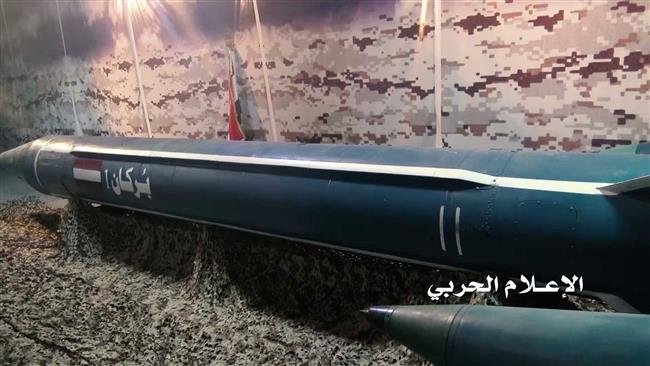OF THE
TIMES
I've had enough of someone else's propaganda. I'm for truth, no matter who tells it. I'm for justice, no matter who it's for or against. I'm a human being first and foremost, and as such I am for whoever and whatever benefits humanity as a whole.
Galushchenko said on the Telegram messaging app that the Russian strikes targeted the Dnipropetrovsk region in central Ukraine and the western...
It transfers control over 100% of the shares in the Russian companies Yes, yes & yes… Fixed it 👇 “Since invading Ukraine,” Since CIA STARTED...
" Rare " ,that word once more does its tour of duty, maybe to reassure or reduce its importance of the event, so that a Population here on Earth...
My Old fav is once more stirring interest but now to a wider audience, only when it's barrelling down towards Earth will the the Authorities 🤣🤣🤣...
At least there's someone out there with balls to spread the message to the MASSES.
To submit an article for publication, see our Submission Guidelines
Reader comments do not necessarily reflect the views of the volunteers, editors, and directors of SOTT.net or the Quantum Future Group.
Some icons on this site were created by: Afterglow, Aha-Soft, AntialiasFactory, artdesigner.lv, Artura, DailyOverview, Everaldo, GraphicsFuel, IconFactory, Iconka, IconShock, Icons-Land, i-love-icons, KDE-look.org, Klukeart, mugenb16, Map Icons Collection, PetshopBoxStudio, VisualPharm, wbeiruti, WebIconset
Powered by PikaJS 🐁 and In·Site
Original content © 2002-2024 by Sott.net/Signs of the Times. See: FAIR USE NOTICE

Best news of the day SOTT!!